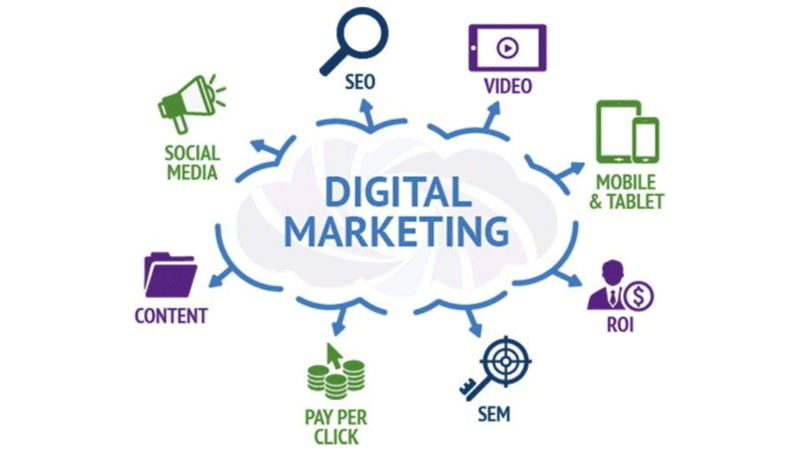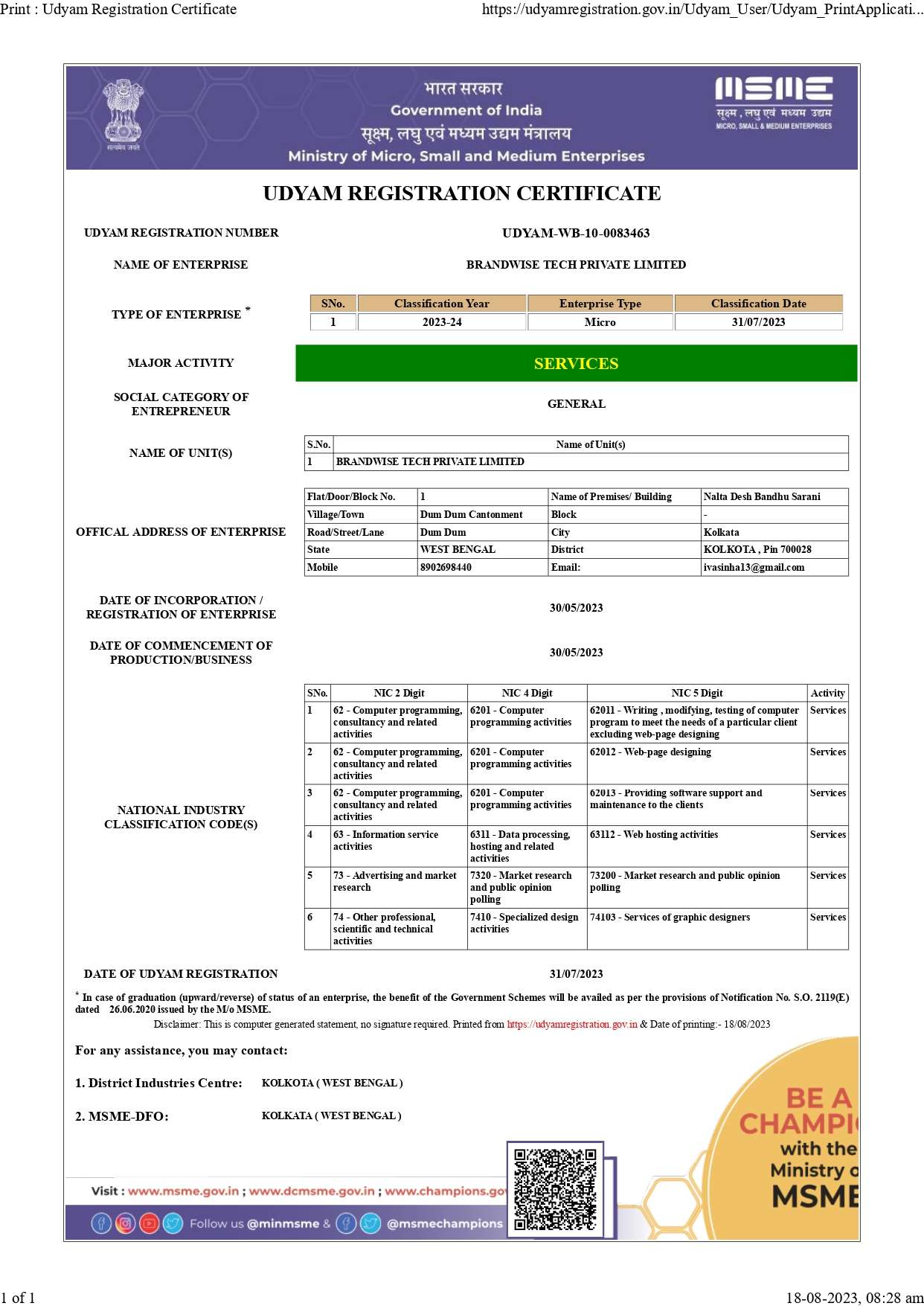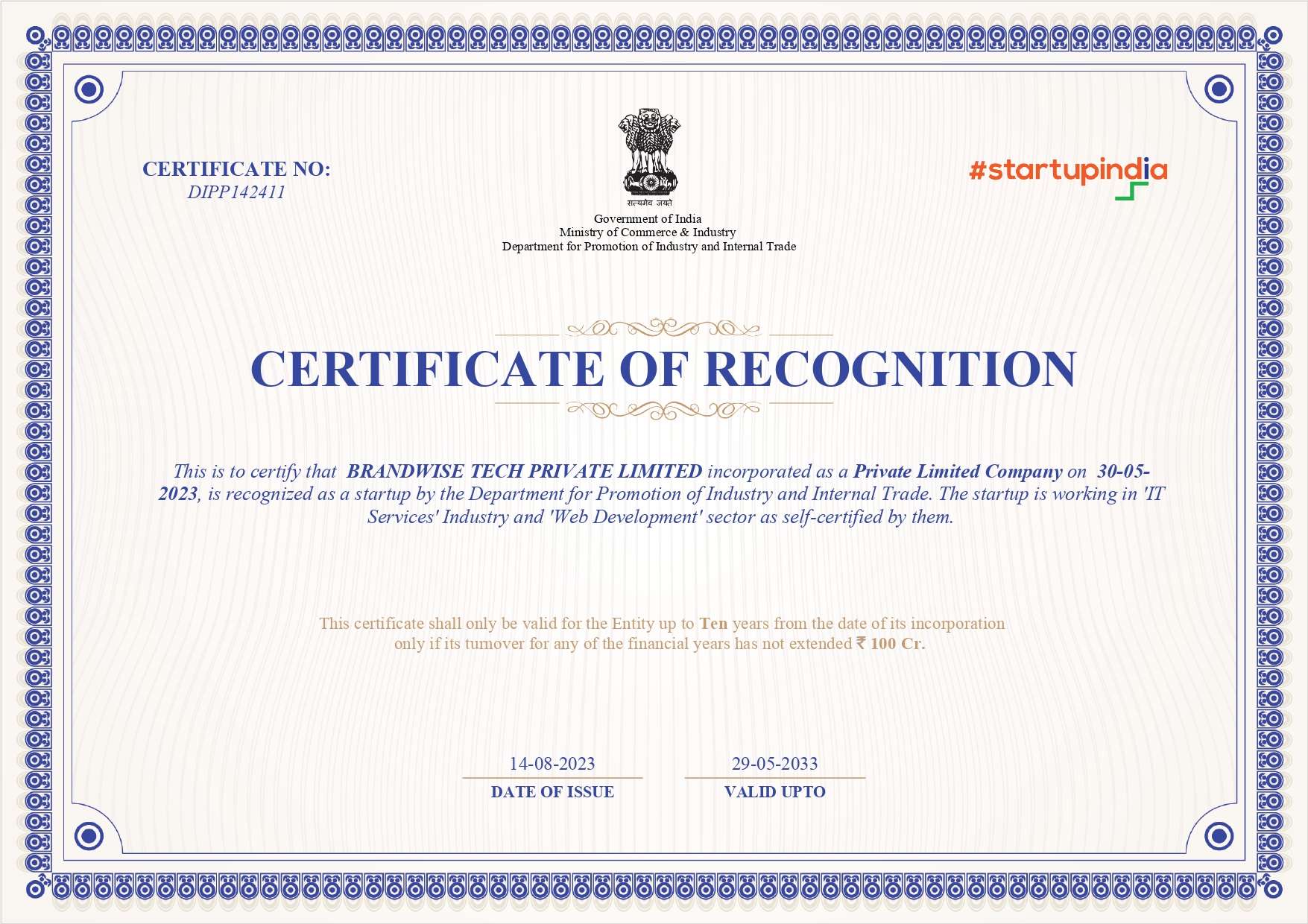Introduction: In the ever-expanding digital landscape, search engine optimization (SEO) remains the cornerstone of online success. SEO is a dynamic and ever-evolving field, and staying ahead of the curve is crucial for businesses and website owners aiming to boost their online visibility. In this blog, we will explore the fundamental aspects of SEO and share actionable tips to help you optimize your website effectively.
- Understanding SEO and Its Importance: SEO is the practice of optimizing websites to rank higher in search engine results pages (SERPs) organically. It involves various techniques and strategies to enhance website visibility, attract more organic traffic, and increase the chances of conversion. With millions of websites competing for attention, a strong SEO strategy is essential to stand out in the crowd.
- Keyword Research and Targeting: Keyword research forms the foundation of any successful SEO campaign. By identifying relevant keywords and phrases that your target audience is likely to use when searching for products or services, you can tailor your content and optimize your website to align with their search intent. Utilize keyword research tools to discover high-potential keywords with decent search volume and lower competition.
- On-Page SEO Best Practices: On-page SEO involves optimizing individual web pages to improve their search engine rankings. This includes optimizing title tags, meta descriptions, header tags, and URL structures with targeted keywords. Create high-quality, informative, and engaging content that satisfies user queries and establishes your website as an authority in your niche.
- Technical SEO Optimization: Technical SEO focuses on the backend of your website to ensure search engines can crawl, index, and understand your content efficiently. Check for website speed, fix broken links, implement SSL encryption, and optimize for mobile responsiveness. A technically sound website is favored by search engines and enhances user experience.
- Building High-Quality Backlinks: Backlinks, or inbound links from other reputable websites, are a significant ranking factor for search engines. Focus on acquiring high-quality backlinks from relevant and authoritative sources in your industry. Guest posting, content outreach, and creating shareable content are effective strategies to attract backlinks naturally.
- Local SEO Strategies: For businesses targeting a local audience, optimizing for local SEO is crucial. Create and optimize Google My Business listings, ensure consistent NAP (Name, Address, Phone Number) information across the web, and encourage positive customer reviews. Local SEO helps businesses appear in the “Local Pack” and improves visibility in location-based searches.
- Analyzing and Measuring SEO Performance: Regularly monitor your website’s performance using tools like Google Analytics and Google Search Console. Track key metrics, such as organic traffic, bounce rate, conversion rate, and keyword rankings. Analyzing these data points will provide valuable insights into the effectiveness of your SEO strategies, allowing you to make data-driven improvements.
Conclusion: SEO is an indispensable aspect of online marketing that directly impacts website visibility and success. By mastering the art of SEO and implementing the best practices outlined in this guide, you can enhance your website’s ranking, attract organic traffic, and ultimately achieve your business goals. Remember, SEO is an ongoing process, so stay updated with the latest trends and algorithm changes to maintain your competitive edge in the digital realm. Happy optimizing!








